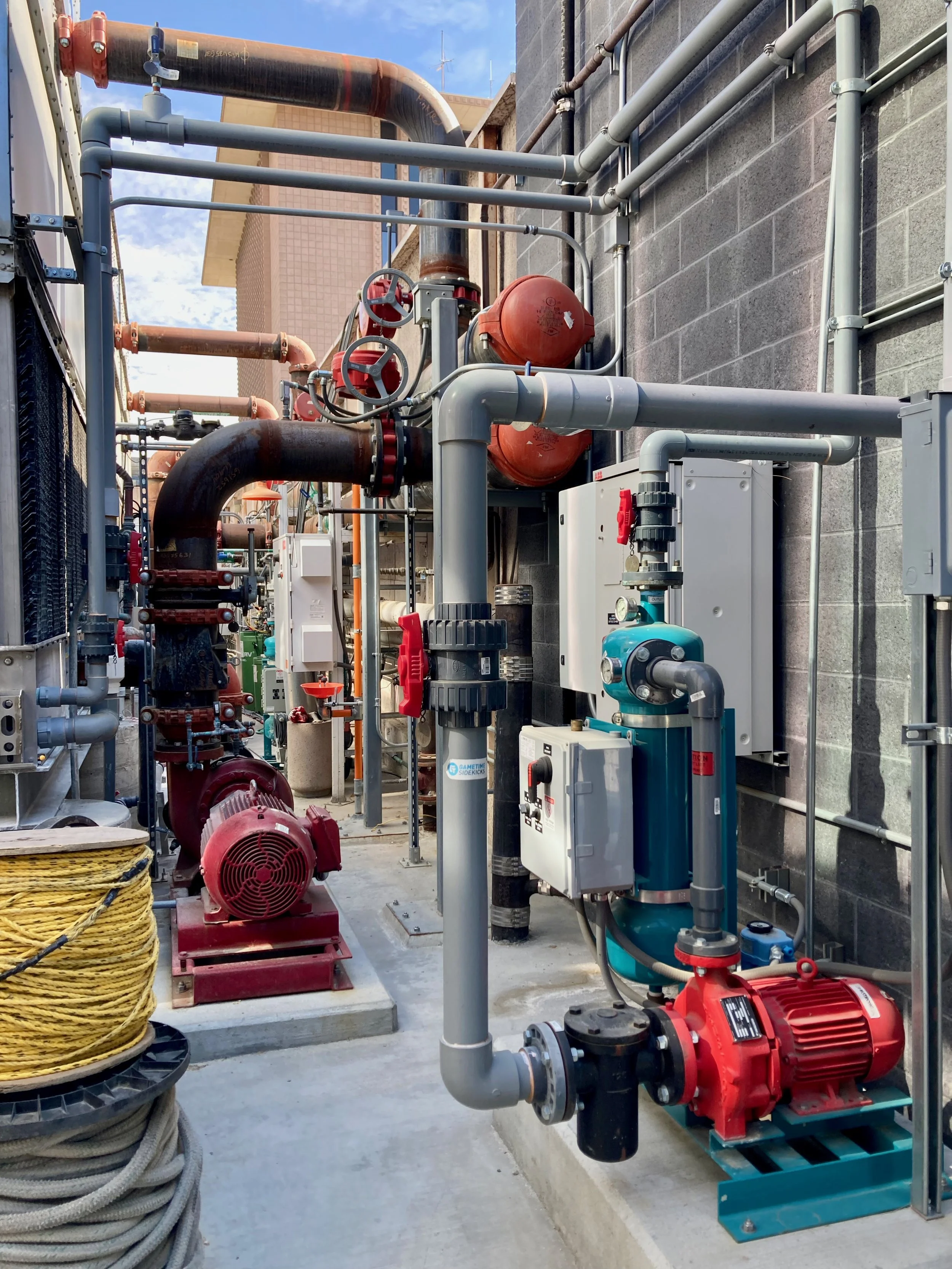Exploring Demand Flexibility with Energy Storage at Pitzer College
Awarded Funding: $0
Our climate crisis is deepening and we must reconsider how we use energy. On a local scale, our 7C campuses have a huge impact; each college easily consumes 200,000 therms (~5000 MWh) of natural gas and 5000 MWh of electricity each year.
While it's important to try to reduce our total usage, that's not enough. As we wean off of fossil fuels and electrify our end-use demands, when we power devices matters a whole lot more.
We would like to use electricity when its primary supply is renewable (e.g. wind, solar, etc.) and store some of this energy for when it is not.
The aim of this project is to perform a feasibility study to determine how thermal energy storage (large ice tanks) could be used to better shift cooling demand at Pitzer College.
The chillers on campus presently operate on daily schedules to make ice that can later be used to cool the campus.
The first task is to analyze existing information: specifications for each piece of equipment, as-builts of the campus cooling system, and data collected from energy meters on different campus buildings.
Synthesizing these materials, the next task is to create a representative model of the system. With that model, the final task is to develop and refine supervisory control algorithms that receive a dynamic input and modulate the operation of equipment to minimize electricity costs and greenhouse gas emissions.
